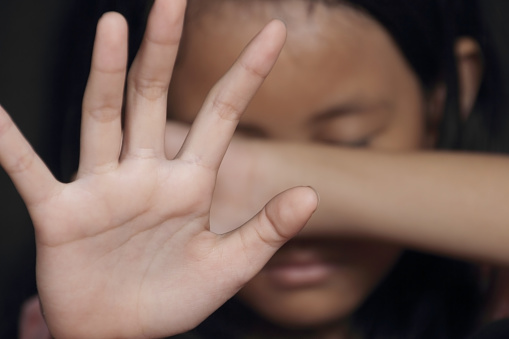By Terri Ferguson, BSW
According to the National Coalition Against Domestic Violence (NCADV), 20 people per minute are physically abused by their partner. That amounts to virtually 28,800 people every day. In this same typical day 20,000 calls are placed to domestic hotlines. And of course, these numbers do not include those who are fearful of making a call for help. While many men experience some form of severe partner physical violence, most is directed towards women.
It has been estimated that women between the ages of 18-24 are most commonly abused by an intimate partner. Many organizations report that 10 percent of all women will be stalked in their lifetime, while 1 in 5 women will be raped. There is a 50 percent increase in the risk of domestic violence if there is a gun in the home.
For social workers, these are daunting numbers to contend with while trying to find the means to intervene, whether it means removing an abuser from the home, providing options if the abused person cannot leave the home or helping a client identify the characteristics of an abuser to prevent abuse or domestic violence before it occurs.
Types of Domestic Abuse
Domestic abuse can come in many forms:
Economic abuse means using money as a means of control. It could be by restricting their partner’s access to money, deliberately ruining their credit or taking complete control of all financial decision. This keeps the other person in a dependent position, and makes it difficult for them to leave the abuser. When possible, people experiencing abuse should look for ways to set aside money in a way that will not alert the abuser and in a place where the abuser will not able to access it.
Physical abuse includes behaviors such as slapping, strangling and punching. It also includes the threat of inflicting pain towards the victim and/or their loved ones, including children and pets. With sexual abuse, most victims know their abuser.
Emotional abuse is about control and isolation from family and friends. Typical abusive behaviors include gaslighting, stonewalling, love bombing, which abusers use to manipulate and emotionally exhaust their partners.
Understanding that these types of behaviors are abusive can help people experiencing abuse gain more clarity as they begin to plan their next steps.
Tips for Survivors
- The National Domestic Violence Hotline offers free 24/7 support. You can call them at 1-800-799-7233. Or text “START” to 88788. Or use their online chat line.
- If you share a computer with your abuser, always clear your browser history and cache. Better yet, use a computer that your partner doesn’t have access to, with a strong, unique password.
- Don’t allow the abuser to convince that you’re not worthy of a better life. You deserve better!
- Plan your exit strategy in advance. When the time comes, you might have just a few minutes to leave the situation, so you need to be prepared. Know that leaving an abusive relationship is a dangerous time, when violence can escalate quickly.
- Find a trustworthy ally who can help support you. Deliberately and carefully build your support team, which could include trustworthy friends, family members, an attorney, a social worker, etc. If you find that a person or community does not support you, then they are not part of your support team!
- Collect evidence. Save any threatening emails or texts. Discreetly take pictures of any physical injuries or property damage. These can support your case for a protective order or removal of the abuser if you need that. Keep this evidence in safe place where the abuser can’t get access to it.
- Most importantly, do what you need to do to keep yourself and your kids safe.
Resources for Social Workers
- What Every Social Worker Should Know About Domestic or Intimate Partner Violence
- A Survivor-Informed Approach to Intimate Partner Violence
- Screening, Assessment, Support, and Intervention for Victims and Survivors of Domestic Violence During the Covid-19 Pandemic
- Developing a Financial Literacy Program with Survivors of Intimate Partner Violence: The Voices of Survivors
Terri Ferguson, BSW, is a St. Louis, Missouri based social worker. With more than 30 years of experience in various fields, including being a counselor at a shelter for battered women in Cape Girardeau, Missouri, a woman’s counselor for the Hope Clinic for Women in Illinois, and spending a decade working for the University of Michigan Institute for Social Research. Terri was executive director of the Arnold Food Pantry, the largest nondenominational food pantry in the St. Louis area.





